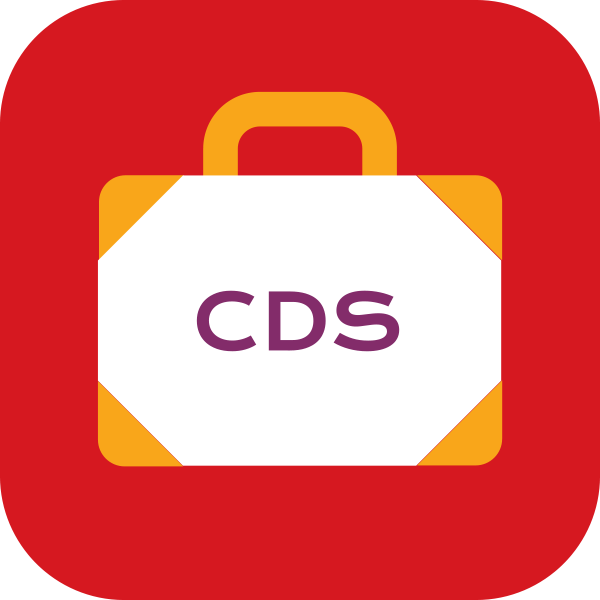Beecroft Academy in Dunstable has been using our Complete Digital Solution (CDS) package effectively in their assessment programme since 2015. Here their Headteacher, Nick Hackett, shares their ten ‘Top Tips’ for getting the most out of your assessment package.
The ‘Top Tips’:
1. Set up an assessment calendar
Create an assessment calendar to see all assessment points each month – including standardised assessments, statutory assessment points, teacher assessments and parent reporting. Our SLT uses it as a reference point, the admin team knows what to prepare and when, and staff can see everything at-a-glance.
2. Assign key roles
Decide who will have general overview of the assessment calendar, who will order the tests, who will set up the access codes, who will run reports and who will forward the relevant data on to staff.
3. Track the data
Create a tracking sheet to enable you to view your pupil data for each of the assessments within the year, as well as track progress year-on-year (to spot any dips or significant improvements). We always ensure that our data is stored in a central place, so that all teachers have easy access to it.
4. Train staff on how to use the data
Explain the different elements of the reports to relevant staff (e.g. Standardised Age Scores (SAS), stanines) to enable them to understand their pupil data. We’ve found the individual reports particularly useful to understand exactly what our pupils need to focus on, which has made our analysis a lot deeper than it was previously. Staff have found this data more valid and reliable than teacher assessments.
5. Use the data to inform intervention
The reports allow you to see which pupils need intervention, what is needed and provide a benchmark for progress. When we test pupils with the New Group Reading Test (NGRT), any scoring below a SAS of 95-100 drop into intervention (our benchmark was originally lower, however as standards have improved over time we increased this). We use a ‘Daily Reader’ system to support these pupils before taking the test again, monitoring their progress regularly.
6. Share data with governors
Using the data, you can provide governors with an overview of your school for each year group, which is an easy way to present to them. Our governors can compare our data to a national average which they weren’t able to do previously. They have found this extremely useful as a snapshot of how we are doing.
7. Share the data with parents
At Parents Evening, we provide parents with an interim report sheet with their child’s assessment data and explain to them what the scores mean. We have groups of parents who are very keen, so we can share some of the reports with them which they find useful.
8. Use the indicators
From Year 3, you can use the indicators to look in advance from where the pupil is currently, which we have found valuable. We have compared the SATs indicators to our mock SATs which our Year 6 pupils do in November. Since they have only covered so much at this point in the academic year, we can use the indicators to show where they should be.
9. Keep reviewing the cycle
The cycle needs to be reviewed on an annual basis to decide what has worked, what hasn’t worked and whether you need to move tests around. For example, we did the Pupil Attitudes to Self and School (PASS) survey a couple of weeks into term, which was too early and didn’t give us accurate data. Therefore, we moved this to the second week of October after they had settled in.
10. Use for new pupils
We have a lot of children coming in with EAL who can access the Cognitive Abilities Test 4 (CAT4). Sometimes EAL can be interpreted as SEN, when this is not the case. Using CAT4 gives us a clear understanding of the natural ability of EAL children. Therefore, any new child coming into the school will take CAT4 to give us a result to use as a benchmark.
Using the CDS package effectively helps to give us a clear picture of a child’s strengths and weaknesses, which you don’t always get from other assessments. Getting an instant report with the areas in which the child exceeded/struggled and suggestions for that pupil is extremely powerful in how it can then be used to inform teaching and learning.
Beecroft Academy is one of our Centres of Assessment Excellence


